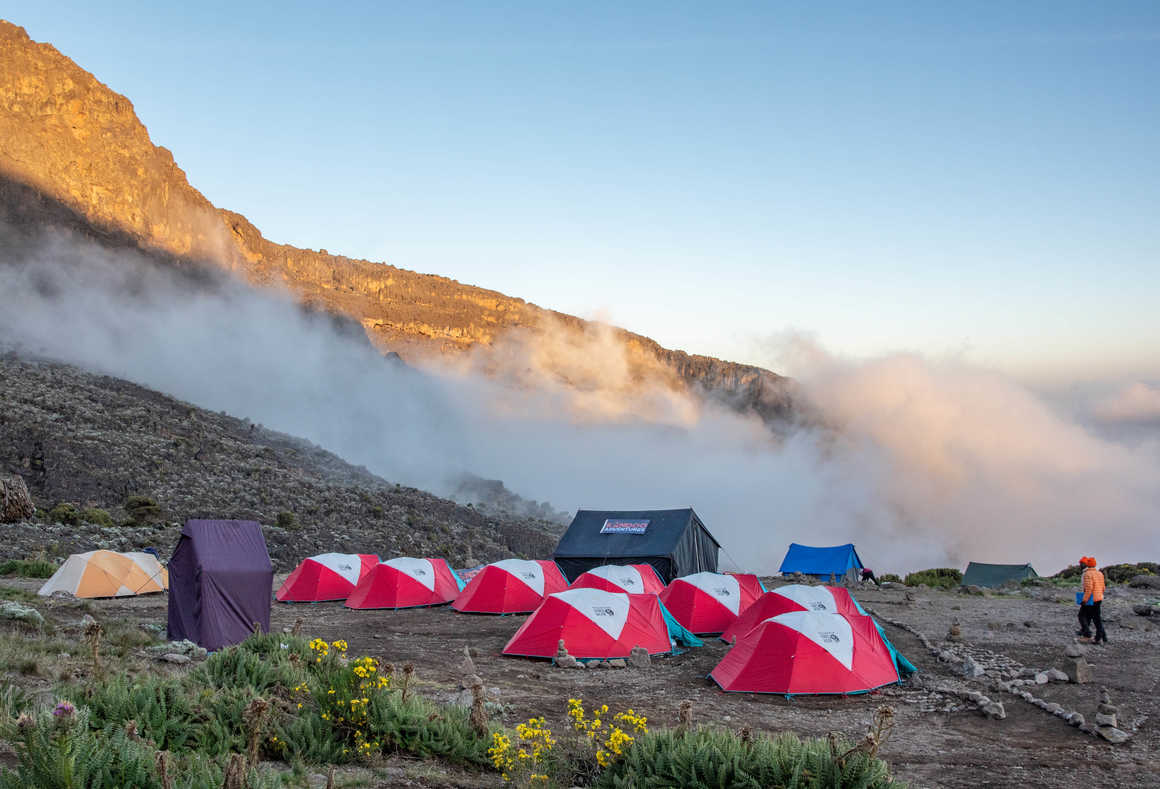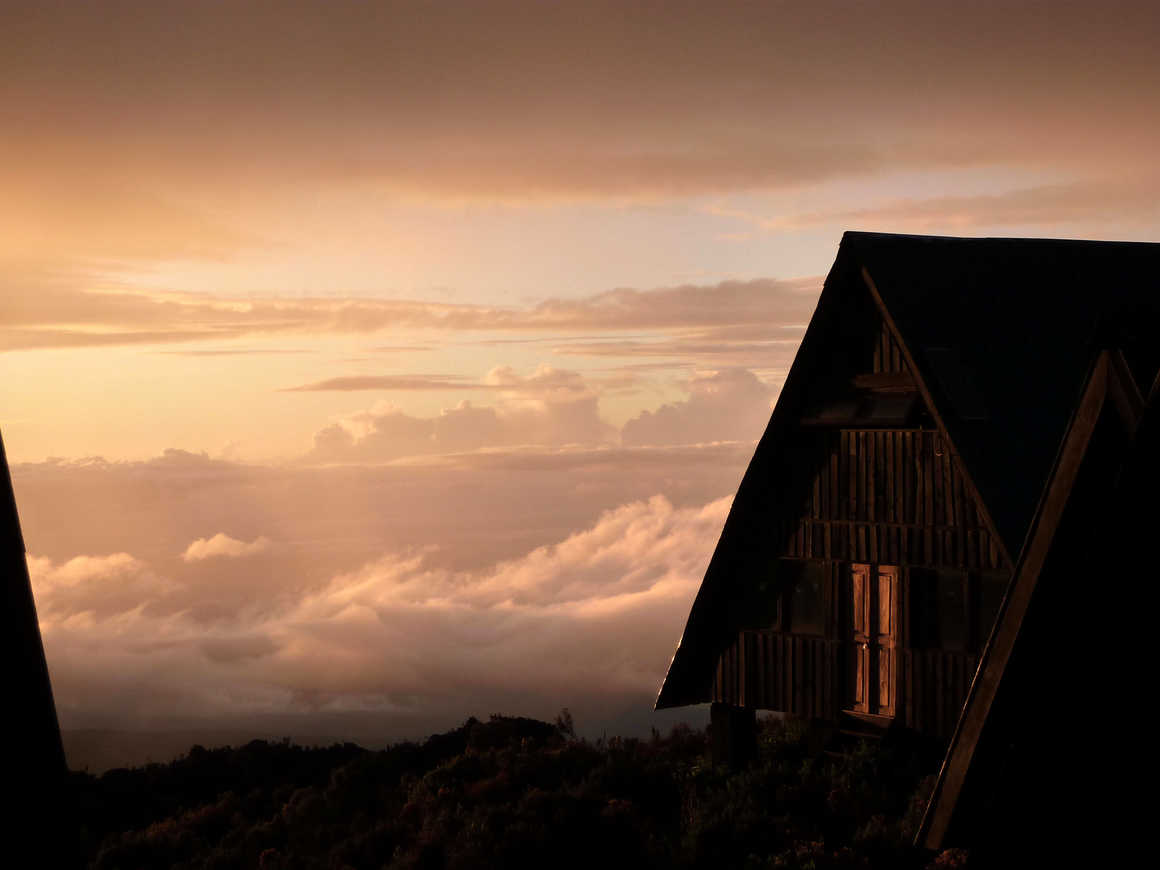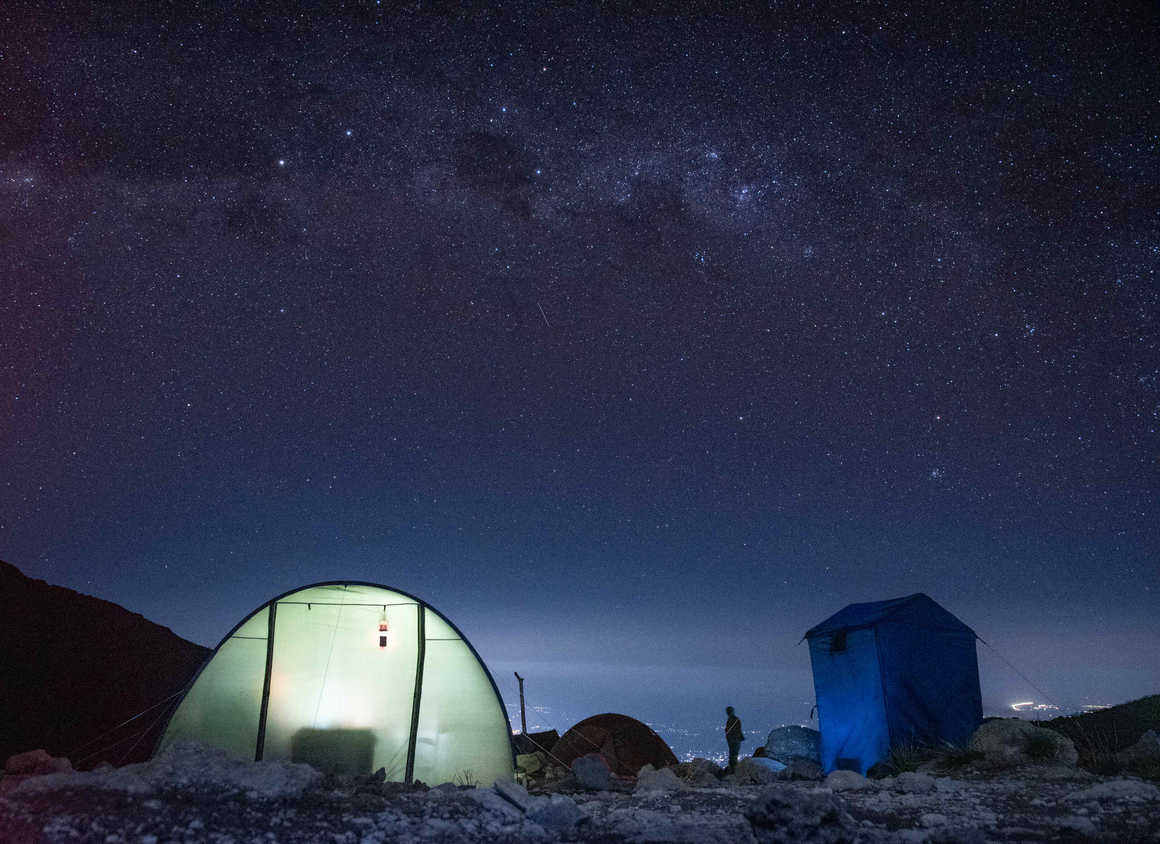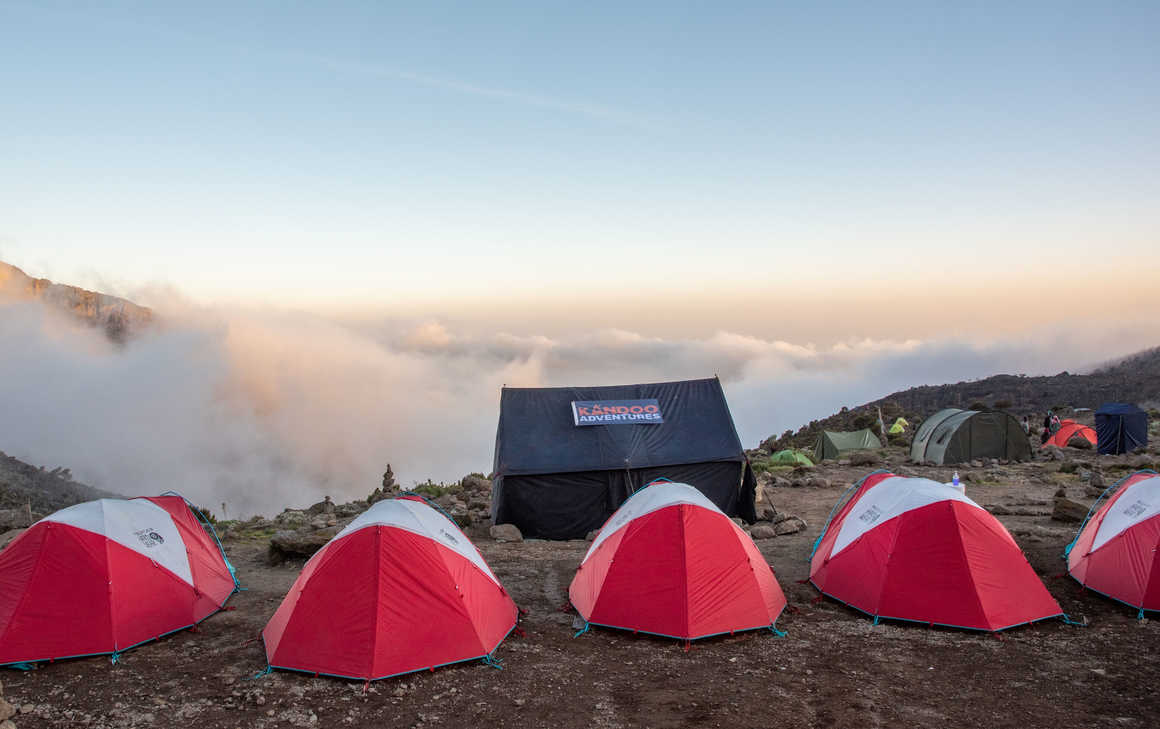Tips for Sleeping on Kilimanjaro
While on
Kilimanjaro, you will be trekking up to 8 hours a day and your body will need
to adjust to a new altitude. Getting enough sleep on Kilimanjaro is a crucial
part of making your time on the mountain an enjoyable experience and will help
you massively as you push on to the summit.
That being
said, getting all the sleep you need can be difficult. Forget memory foam
mattresses and feather bedding, instead you’ll be signing off for the day in a
sleeping bag. Not only this, but the low oxygen environment and freezing
temperatures can have a troublesome effect on your sleep quality.
All Kandoo
Adventure’s Kilimanjaro itineraries are carefully planned to ensure that
trekkers are allowed enough time for recovery and acclimatisation at each
Kilimanjaro camp, which is part of the reason we have a 95% summit success rate
on every single one of our Kilimanjaro treks.
Over the
years, the team have gathered a few tips and tricks to help you have a more
restful night when sleeping on Kilimanjaro. Read on to find out more!
Where do you sleep on Kilimanjaro?
Trekkers
climbing Kilimanjaro on the Lemosho route, Machame route, Rongai
route, Northern Circuit, Shira route or Umbwe route can expect to sleep in
mountain tents at the Kilimanjaro camps that are specified in each of the routes’
itinerary. Kandoo Adventurers provide only the very best Mountain Hardwear
Trango 3 high altitude tents to ensure you stay warm, dry and comfortable on
your Kilimanjaro climb.
Bear in mind,
these are proper mountain tents, designed to cope with extreme conditions, so
don’t expect to be able to stand up and walk around inside! Our Kilimanjaro
tents are fully waterproof and will withstand the worst weather the mountain
has to offer including strong winds, heavy rain and snow cover.

For trekkers
who do not wish to camp in tents on Kilimanjaro, the Marangu route is
the only Kilimanjaro route to offer dormitory-style hut accommodation. The
communal A-frame huts are pretty basic, offering a communal dining room, simple
washroom and toilets which lower down the trail will be flushable but as you
move higher up the mountain will be “long drop” toilets.
Although some
climbers like the idea of staying in a hut rather than a tent, you need to
remember that you will be sharing these Kilimanjaro huts with lots of other
people and should consider how this might affect your quality of sleep while on
the mountain. When choosing which Kilimanjaro route you will take, you should
also be aware that the Marangu route suffers the lowest success rate as too
many climbers try to do it in only 5 days and fail because of poor acclimatisation.

What night-time equipment do I need?
First and foremost,
you will need a high-quality sleeping bag when sleeping on Mount Kilimanjaro.
Regardless of the season, a warm sleeping bag is critical when climbing
Kilimanjaro as it is always freezing at the top of the mountain. You will need
a -20 or -30 degree Celsius sleeping bag although these can cost up to £600 so
we generally recommend that trekkers rent and do not buy.
Kandoo
Adventures provide trekkers with a comfortable foam mattress, but you may like
the additional comfort and warmth of a Thermarest sleeping mat which can be
bought on Amazon. Your sleeping mat should be thick and insulated to keep you
warm and comfortable through the night.
Most people
like a pillow for when they sleep. A camp pillow is an optional item that can
help you sleep but it needs to fit in your daypack. Alternatively, you can make
a makeshift pillow out of clothing inside a pillow case. They can work well and
save you from bringing another piece of gear.
Studies have
shown that wearing a sleep mask can actually improve sleep quality and duration.
Your sleep environment should be as dark as possible so covering your eyes
while you sleep is helpful. Alternatively, you could pull a beanie or neck
gaiter over your eyes for a similar effect.
We highly
recommend using earplugs, especially for light sleepers. Kilimanjaro campsites
can be busy and earplugs are excellent at dampening the sounds around you. They’re
cheap, light and an effective tool to aid sleep. Not to mention they will
hardly take up any space in your bag at all.
Not only are
headtorches particularly useful for trekking in the dark on summit night, but
they are also great for navigating your way around camp on late-night toilet
trips. The lighter the headtorch the better, we recommend no more than 270
grams, and you should make sure it has a long battery life with a max beam
length greater than 70 meters and a light output of greater than 100 lumens.
When climbing
Kilimanjaro, it’s recommended that you drink 3 litres of water per day so it’s
likely you will need to wee more than usual. If possible, we recommend
hydrating earlier on in the day to avoid having to take multiple bathroom trips
during the night. However, if the need arises and you’d prefer not to leave
your tent, then a pee bottle could be your answer. Women may find the ‘Shewee’
to be particularly useful in this case and they can be bought on Amazon. Just
remember to dispose of any waste in the morning before you leave camp.

Why is it hard to sleep at high altitude?
Additionally,
it can be difficult to sleep if you are suffering from symptoms of altitude
sickness like headaches or nausea. As you can imagine, having a pounding
headache or feeling nauseated can be very disruptive of your sleep, making
sleeping on Kilimanjaro a challenge.
The best way
to aid sleep at high altitude is to follow our acclimatisation guidelines as best you can to decrease the likelihood of altitude sickness symptoms. This
includes drinking plenty of water and following the golden rule ‘walk high,
sleep low’ allowing your body enough time to acclimatise.

Additional tips for sleeping on Kilimanjaro:
- Limit
caffeine intake – caffeine is a well-known stimulant and if you’re a regular
caffeine user, you might want to stop taking it earlier in the day than you
normally would to allow your more to wind down more easily at bedtime.
-
Hydrate
early in the day – you should be drinking lots of water during the day while
climbing Kilimanjaro (a minimum of 3 litres per day). By reaching your
recommended water intake by early evening you will limit the number of times
you need a toilet trip in the night, allowing better chance for a night of
uninterrupted sleep.
- Magnesium
– research shows that taking magnesium supplements may improve your sleep by
helping to calm you and relive anxiety so you could consider packing some for
your Kilimanjaro trek.
- Use
Diamox to prevent altitude sickness – the drug Acetazolamide (Diamox) is widely
considered to be effective in managing altitude sickness and it can be bought
before your departure to Kilimanjaro.










